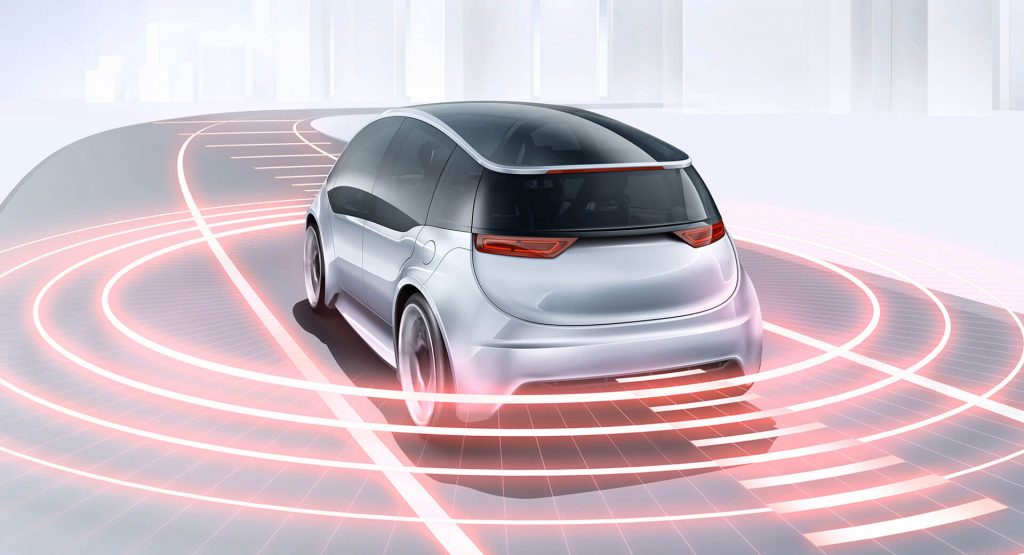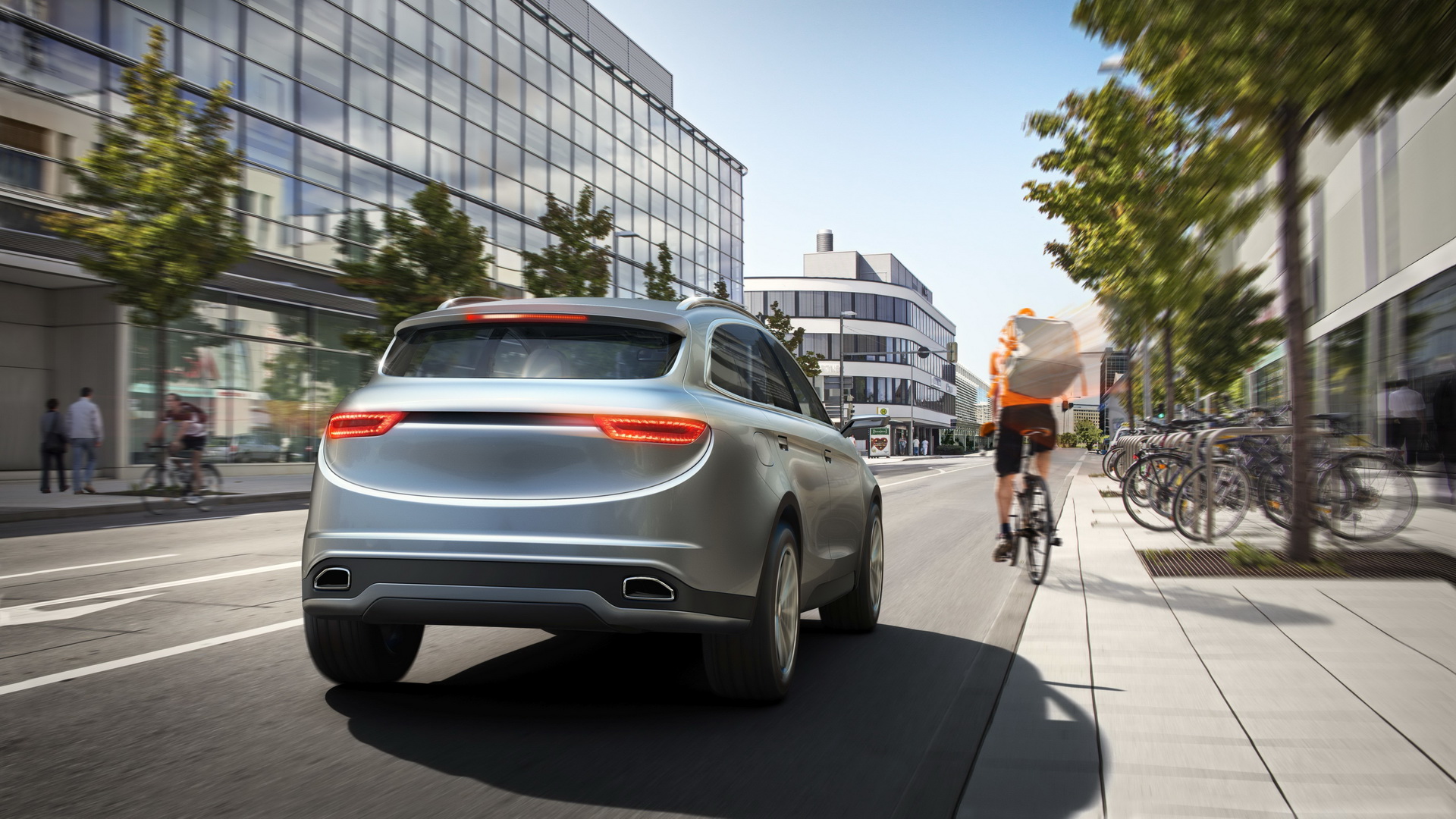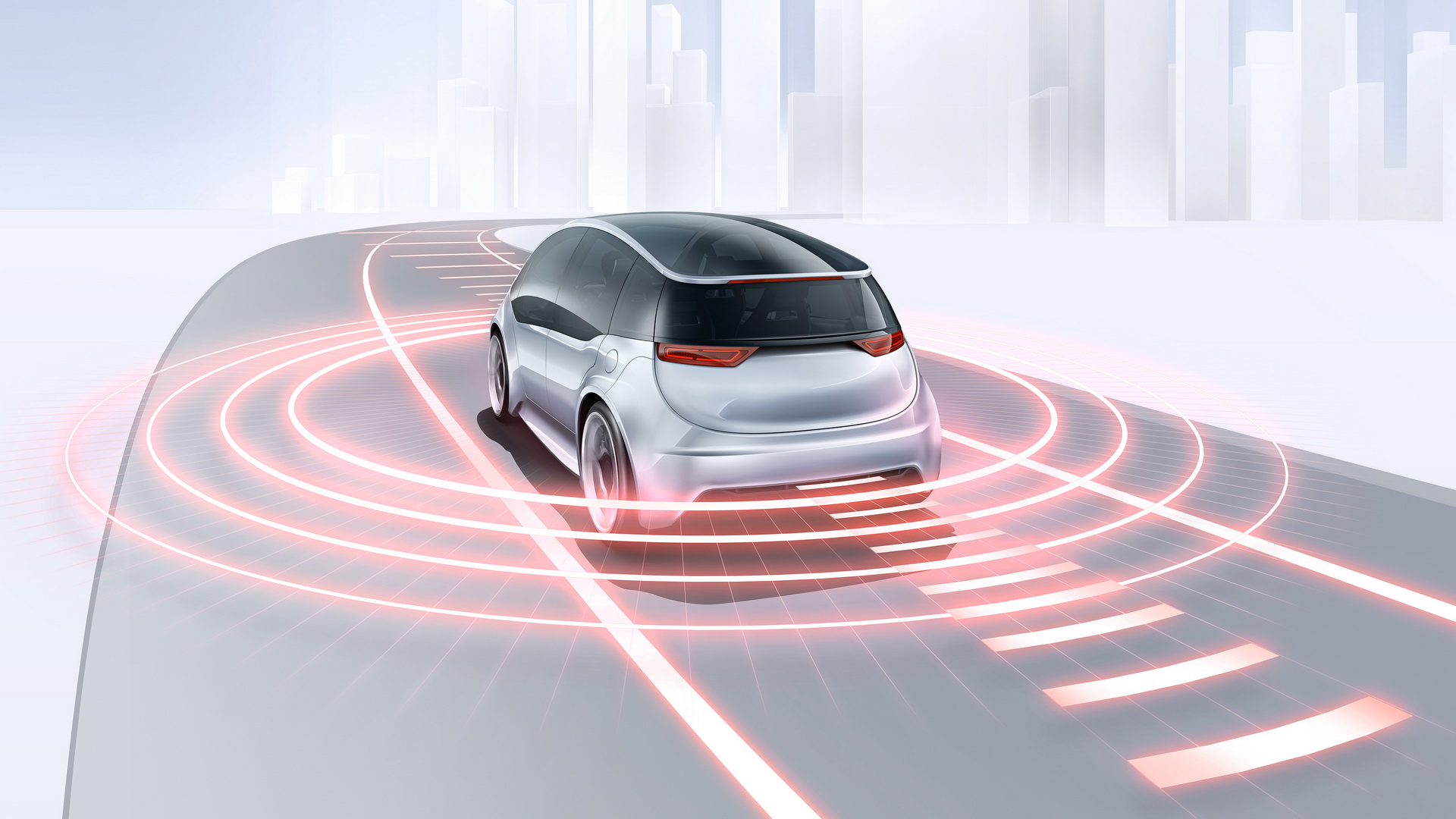At the 2020 Consumer Electronics Show (CES) that takes place next week in Las Vegas, Bosch will demonstrate its latest technology feature: the first production-ready long-range lidar.
Complementing the cameras and radars found in self-driving vehicles, the lidar (light detection and ranging) is suitable for automotive use and is a mandatory system for cars equipped with Level 3, 4 or 5 autonomous driving.
Read: Bosch’s Autonomous Electric Shuttle Concept Aims To Be The Future Of Travel
“By filling the sensor gap, Bosch is making automated driving a viable possibility in the first place”, said management board member Harald Kroeger. “We want to make automated driving safe, convenient and fascinating. In this way, we will be making a decisive contribution to the mobility of the future.”
Acting basically as a third eye, the lidar emits laser pulses and captures the scattered light back, calculating the distances based on the time it takes for the light to bounce back. The technology can detect large and small objects, including bikes, which can be missed by cameras due to their narrow silhouette or dazzling lights. Furthermore, it can detect rocks on the road, sending the information to the ‘brain’ of the car, which then decides whether it needs to swerve or brake to avoid the obstacle.
Bosch has been operating in the driving assistance systems field for many years, and another feature improved by them recently is the camera technology used in vehicles, enhancing it with artificial intelligence. This helps it detect objects and categorize them into classes such as vehicles, bicycles or pedestrians, depending on their movement, triggering a warning or emergency braking, determined on each scenario.





